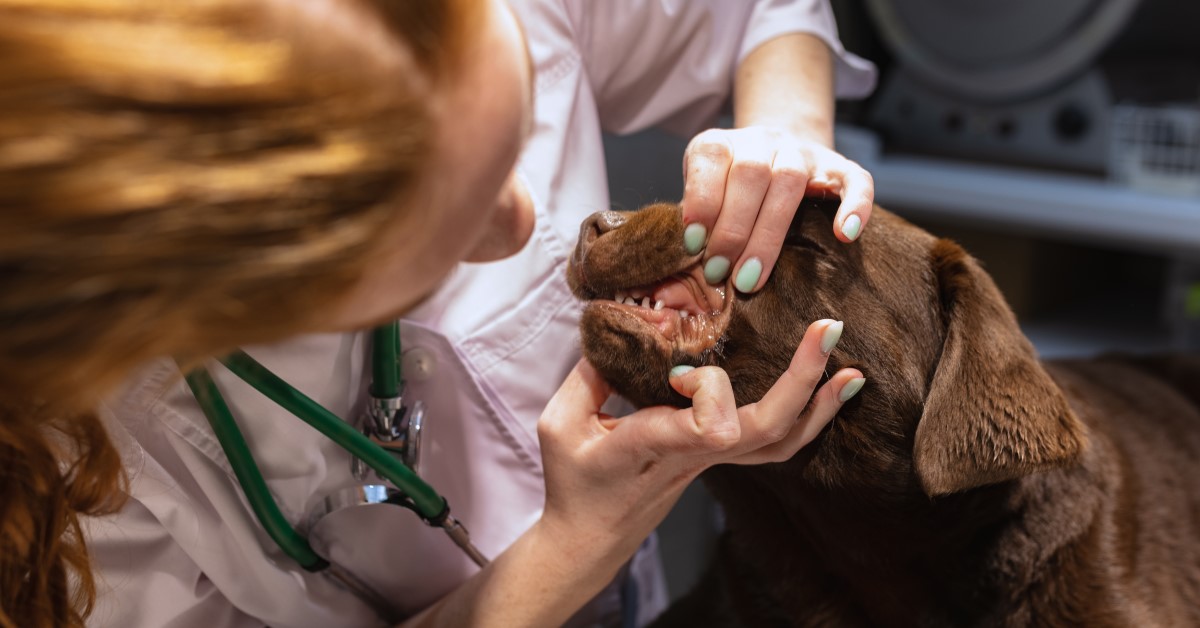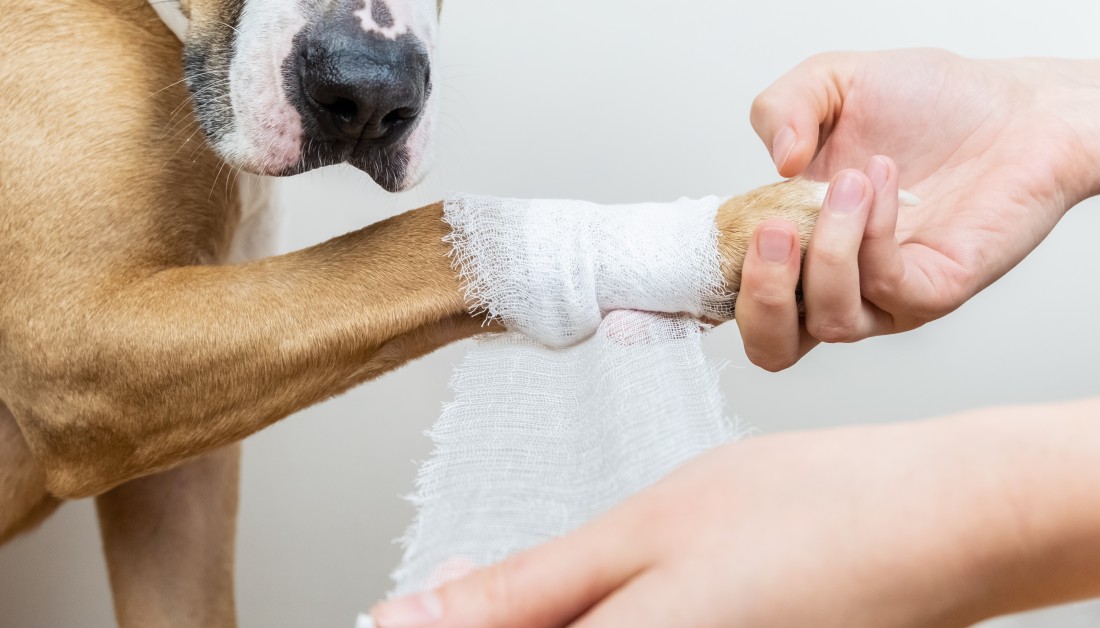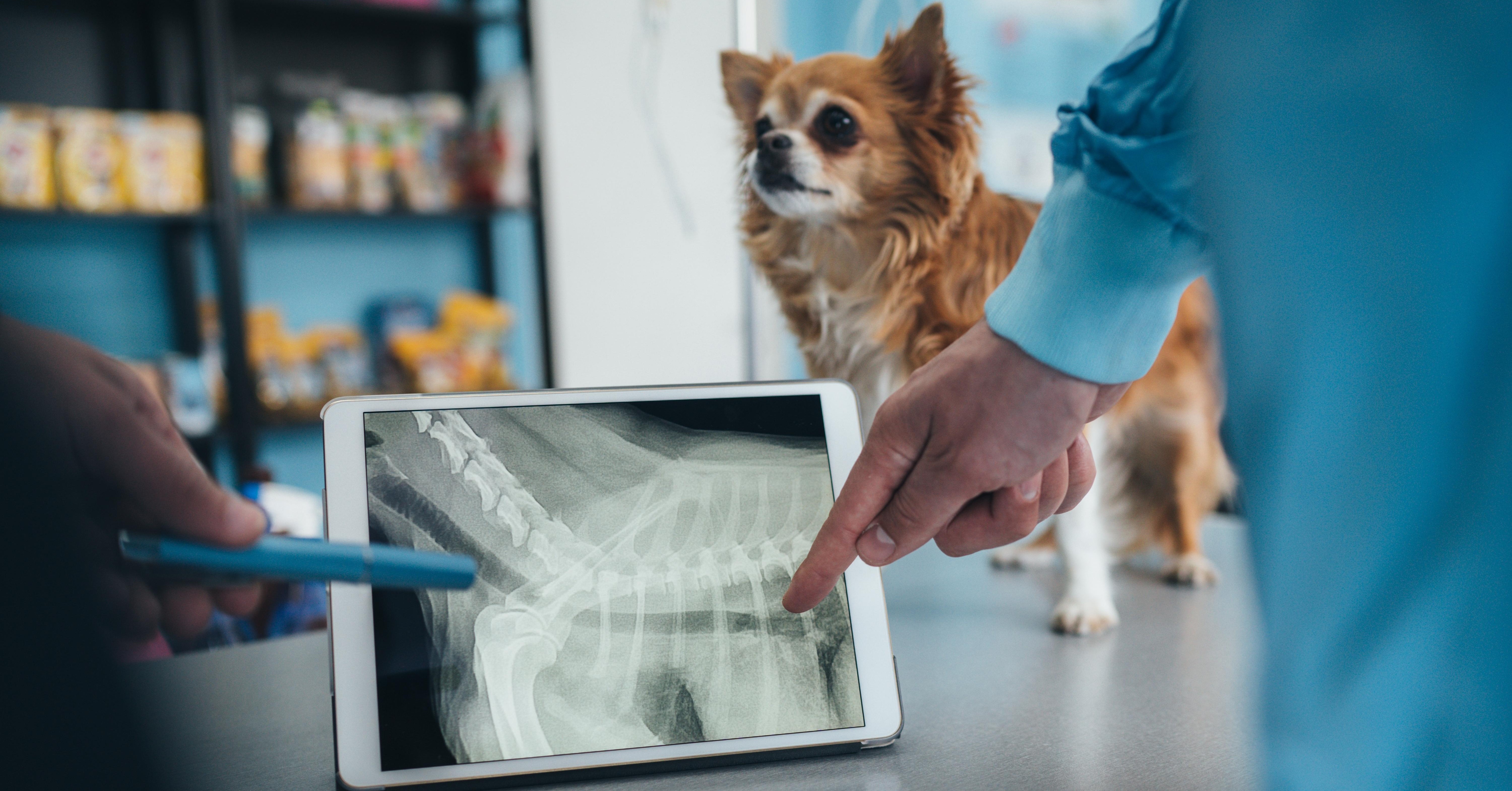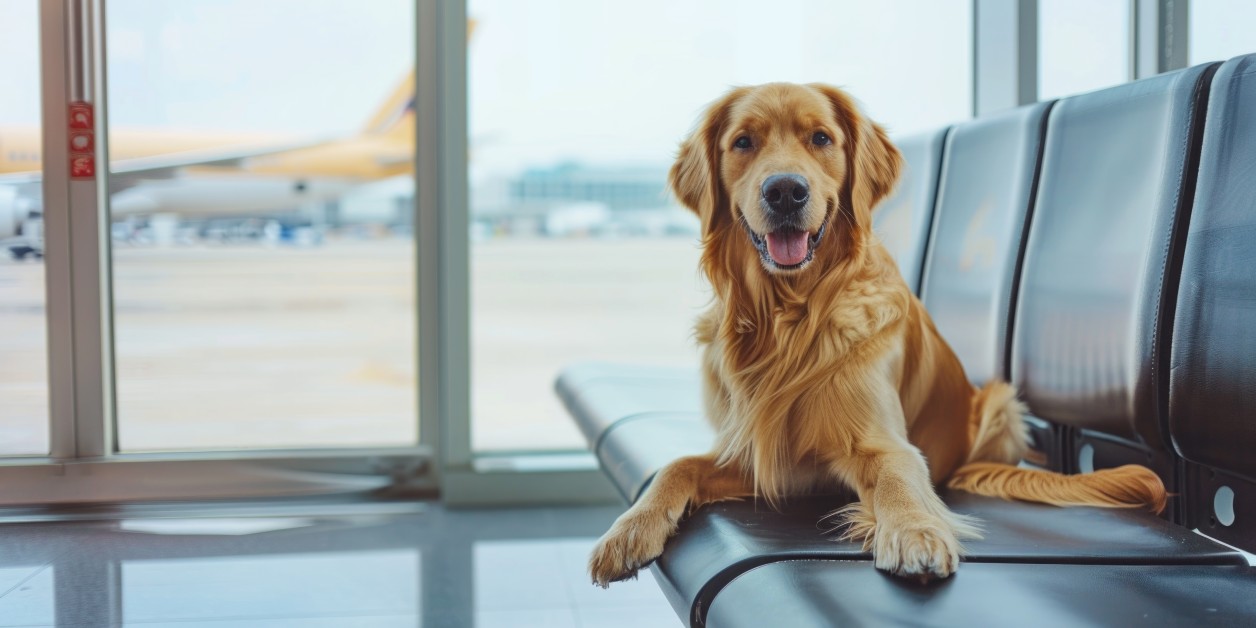Proper Dental Care for Your Senior Pet
Senior dogs and cats require proper dental care to maintain good oral health and ward off painful dental disease.

A healthy mouth has been shown to add years to your pet’s life. According to the American Veterinary Medical Association (AMVA), approximately 80 percent of dogs and 70 percent of cats will develop some form of dental disease by three years of age. If left untreated, dental disease in dogs and cats can worsen, making it painful for your pet to eat.
Fortunately, there are things you can do to keep your senior pet’s teeth and gums as healthy as possible. In honor of National Pet Dental Health Month in February, here are some dental care tips for senior dogs and cats.
Importance of Dental Care for Dogs and Cats
Adult dogs have 42 teeth in total, 20 on the top arch and 22 on the bottom, while cats have a total of 30 permanent teeth.
Incisors are the small front teeth used for self-grooming and to tear meat from bone, while canines are the pointy teeth on top used to puncture and hold onto things. Premolars are located behind the canine and used for chewing, and molars are found in the back of the mouth and used for grinding and chewing food.
Like their human companions, it’s common for cats and dogs to start losing teeth as they age. This can be due to several factors, such as trauma to the mouth, periodontal disease, or the natural aging process. Older pets tend to have more considerable wear on their teeth and may develop oral tumors that make it harder to maintain good dental health. If you have a senior pet, it’s important to provide them with proper dental care.
Tips on Providing Dental Care for Your Senior Dog or Cat
1. Brush Your Pet’s Teeth at Home
Brushing your senior pet’s teeth at home is similar to brushing your own. You’ll need a special dog or cat toothpaste that has been specifically formulated for dogs or cats, as well as a pet toothbrush that looks like a human toothbrush with bristles and a handle. You can also find dog and cat toothbrushes that appear as finger coverings with short, rubbery bristles. Apply a small amount of toothpaste to the toothbrush and gently clean your pet’s teeth and gums.
2. Offer Your Senior Pet Chew Toys
Chew toys can be useful for helping to remove plaque and tartar from your dog or cat’s teeth. Chew toys also help massage the gums to stimulate blood flow and help ensure a tight seal between the gums and teeth. There are also healthy dental treats and bones on the market designed to help keep your pet’s teeth clean and healthy.
3. Schedule Regular Dental Cleanings with Your Vet
Pet owners should consider bringing their elderly cat or dog to see the vet at least twice per year for a dental checkup. During a typical pet dental checkup, your vet will inspect your pet’s teeth, gums, and mouth for signs of decay, loose teeth, gum disease, and other oral health concerns. Regular dental exams and cleanings are often completed under anesthesia to ensure that your dog or cat is as comfortable as possible. Your vet may also suggest taking radiographs (x-rays) to get a more in-depth look at your pet’s teeth.
4. Learn the Signs of Dental Disease in Dogs and Cats
Recognizing the signs of dental and gum disease can help you catch problems early on. Without treatment, oral health diseases can result in dangerous health complications for dogs and cats. Some of the most common red flags include:
- Bleeding gums
- Bad breath
- Yellowish-brown crust on teeth or near the gum line
- Red, swollen gums
- Drooling
- Excessively licking the teeth and gums
- Slow weight loss
- Dropping food from the mouth during meals
- Chewing food on one side of the mouth
- Disinterest in favorite chew toys
- Snarling or snapping when patted on the head
- Decreased appetite
- Rubbing face on the ground
- Pawing at the mouth
5. Provide Well-Balanced, Nutritional Meals
As dogs and cats age, their nutritional needs may also change. It is important to provide your aging pet with a well-balanced, meat-based diet to create a healthy environment in the mouth that does not cultivate unwanted bacteria. When it comes to dog treats and cat treats, avoid foods that contain high levels of fat and sodium. Instead, offer your senior pet options like water-based vegetables, such as fresh or frozen broccoli, green beans, or cauliflower.
6. Know What Healthy Teeth Look Like
Do you know what your pet’s teeth should look like when healthy and free of disease? Signs of a healthy mouth include pink gums with no whiteness, excessive redness, or bleeding. Your pet’s teeth should appear white and clean without hard, scaly discoloration along the gum line. In addition, your pet should have fresh-smelling breath. Bad breath in dogs is not normal regardless of age.
Caring for Your Senior Pet’s Dental Health
As pets age, it’s normal for their oral health to start diminishing. Lower amounts of phosphorous, calcium and B-complex vitamins can negatively impact the integrity of your pet’s teeth. In addition, antioxidant and zinc deficiencies can contribute to the development of gum disease.
To prevent dental disease from affecting the oral and overall health of your senior dog or cat, it is important to provide proper dental care. Remember to maintain a good oral health regimen for your pet at home and visit your vet regularly for routine exams and cleanings.
Ready to start saving money on pet wellness care?
Then take a look at Mint Wellness, the pet wellness plan that provides fast reimbursement on routine pet care. Save on vaccinations, wellness exams, preventatives, dental, and more!
Learn More


